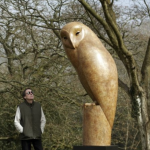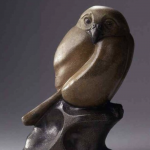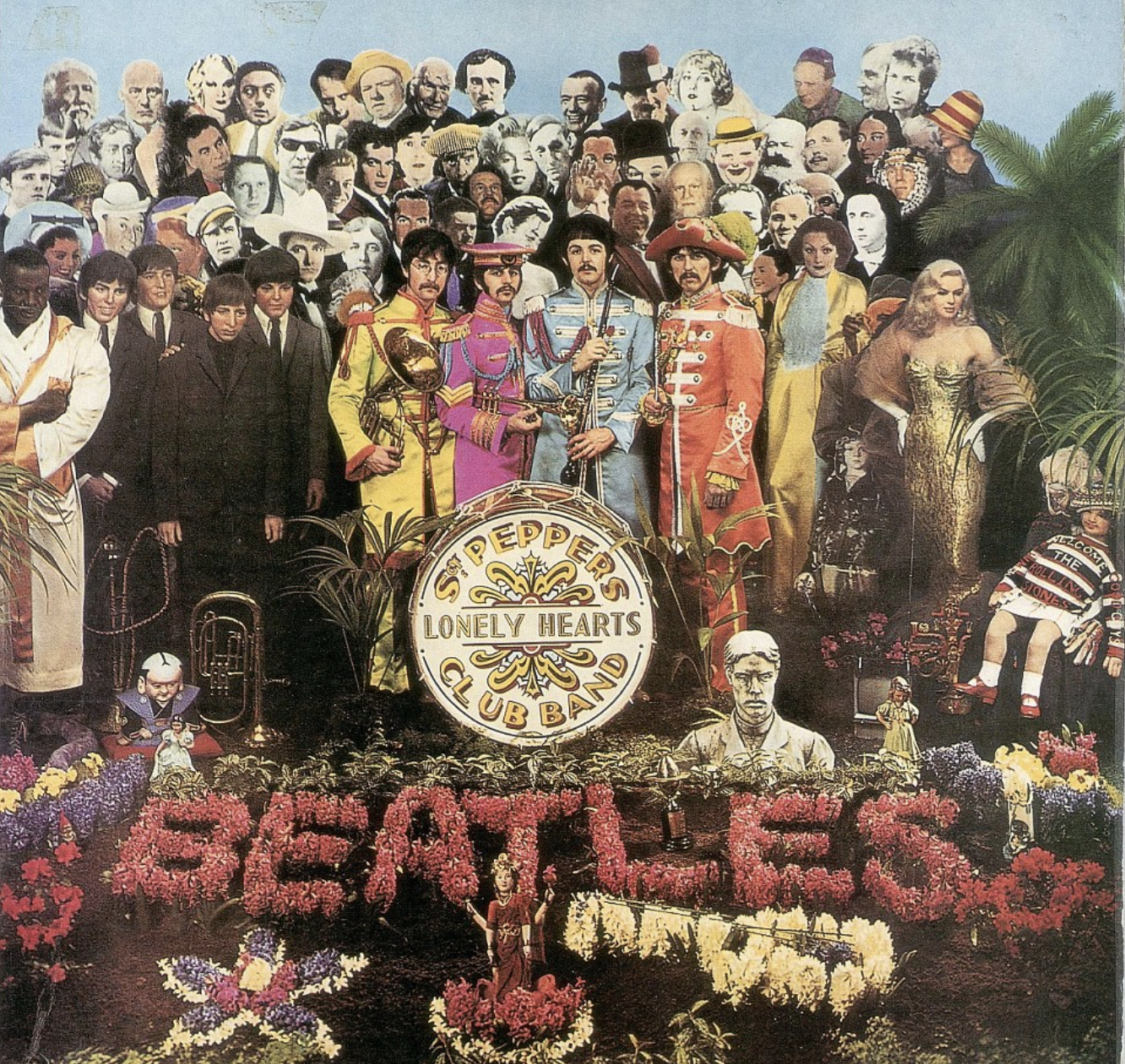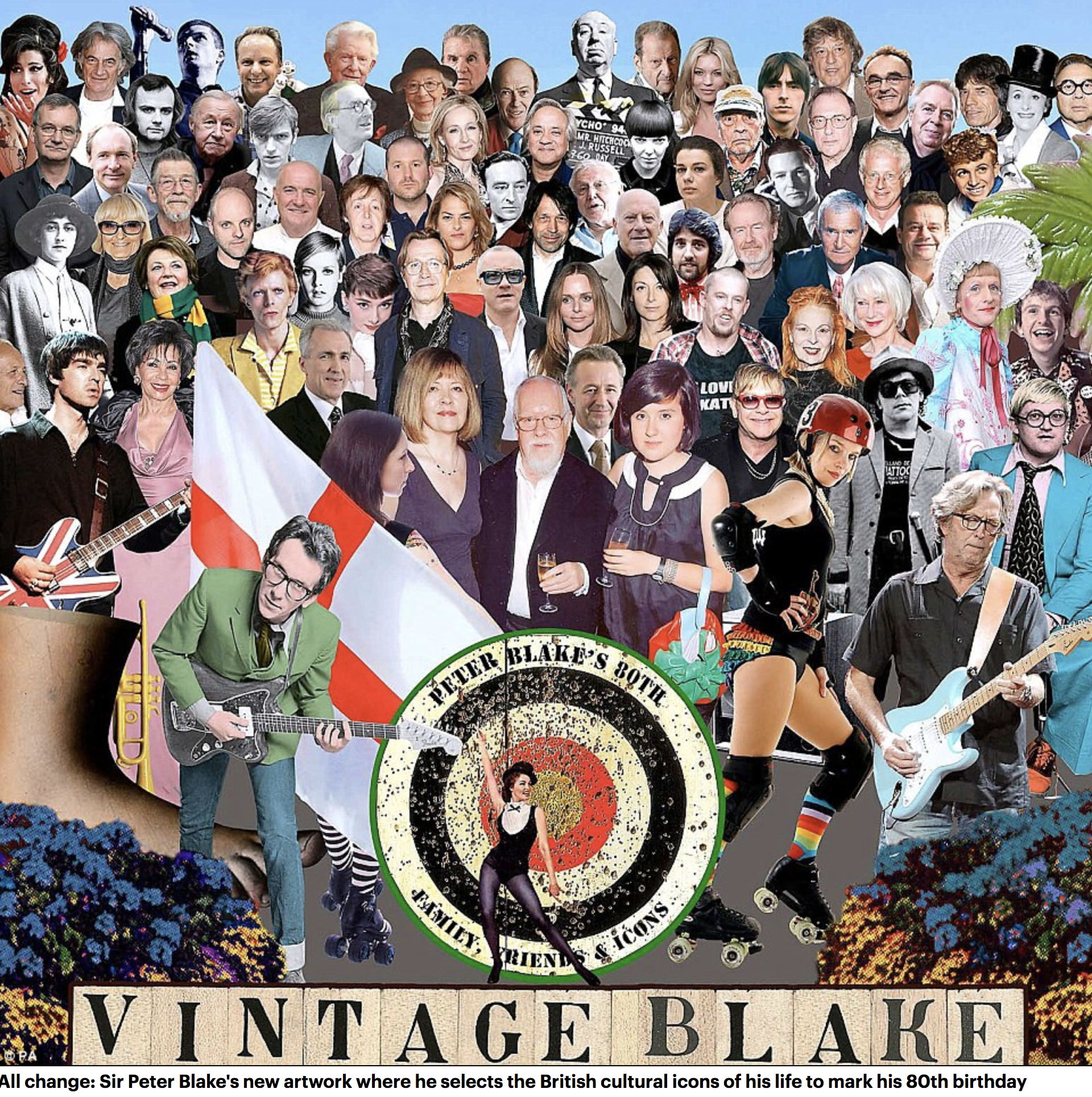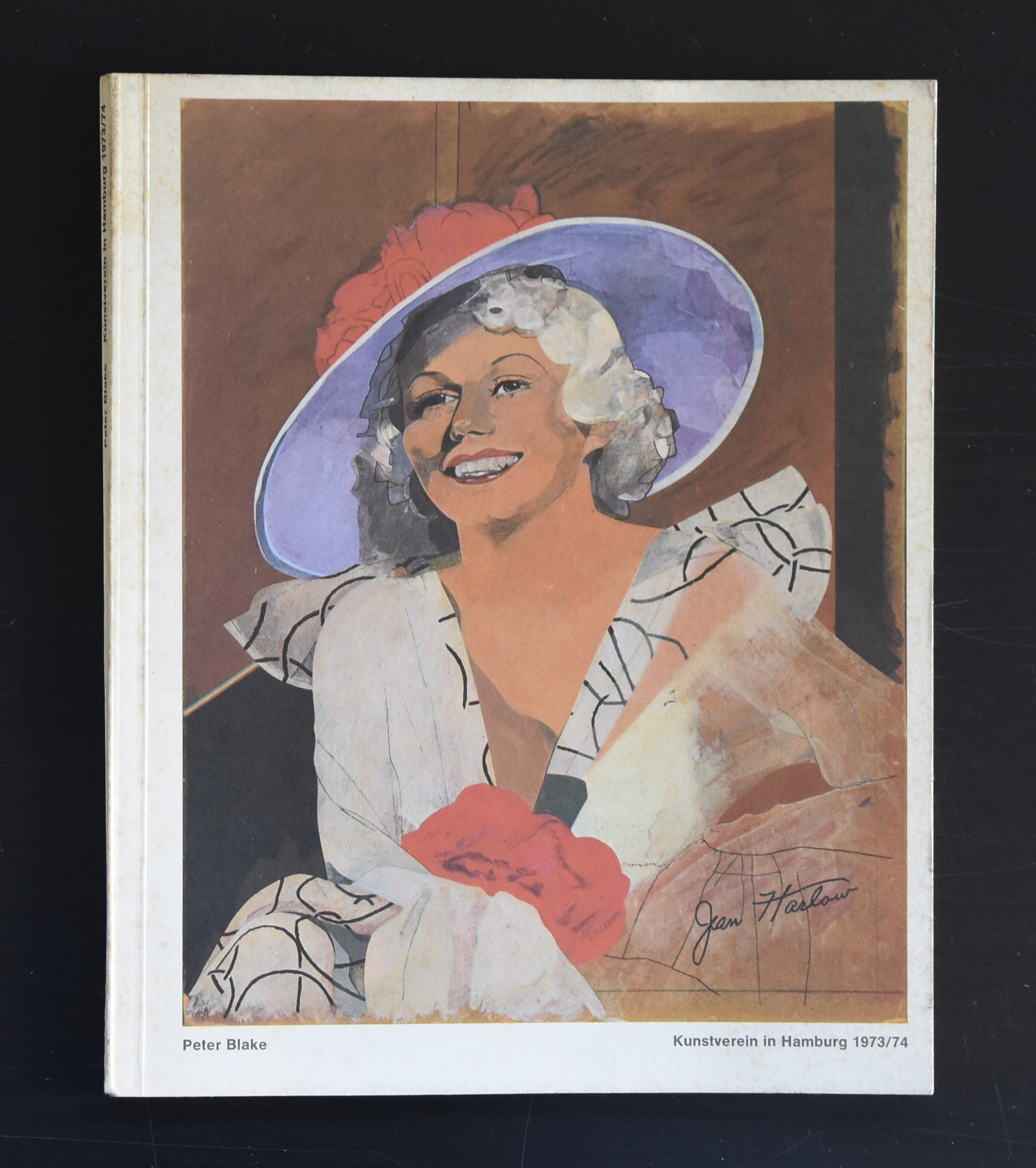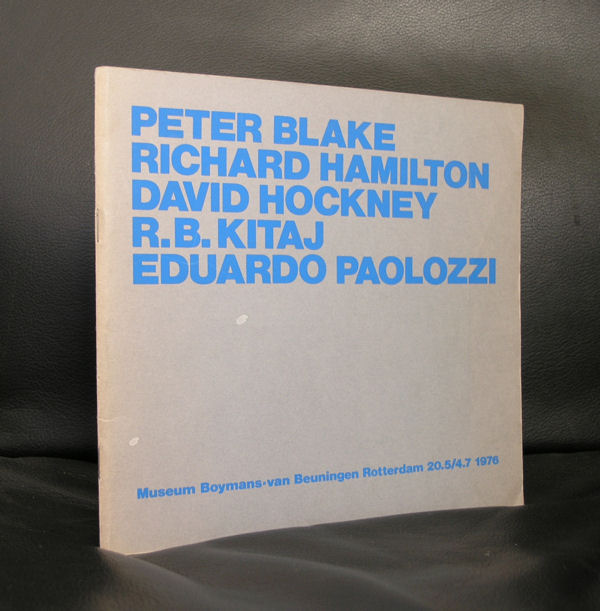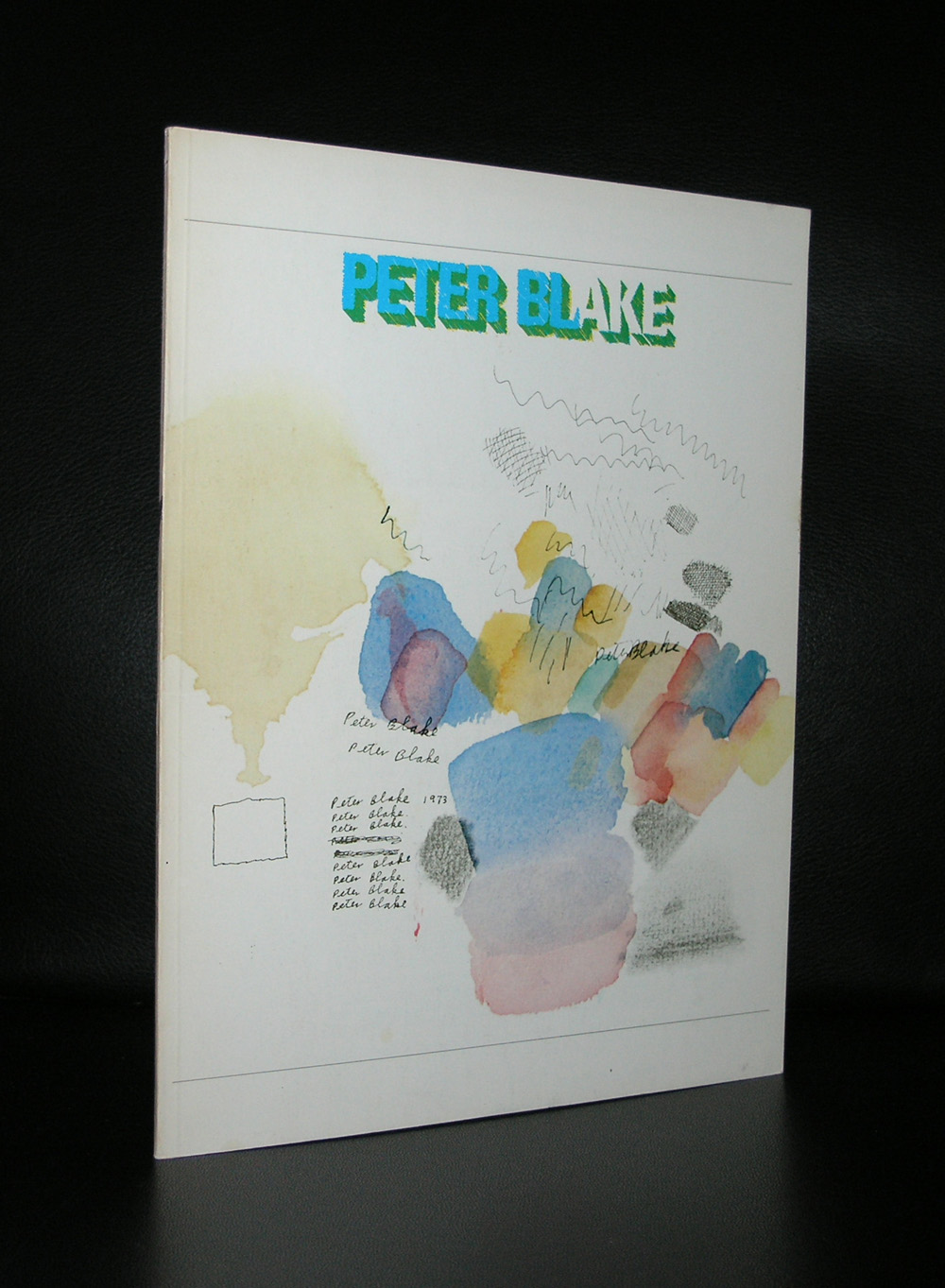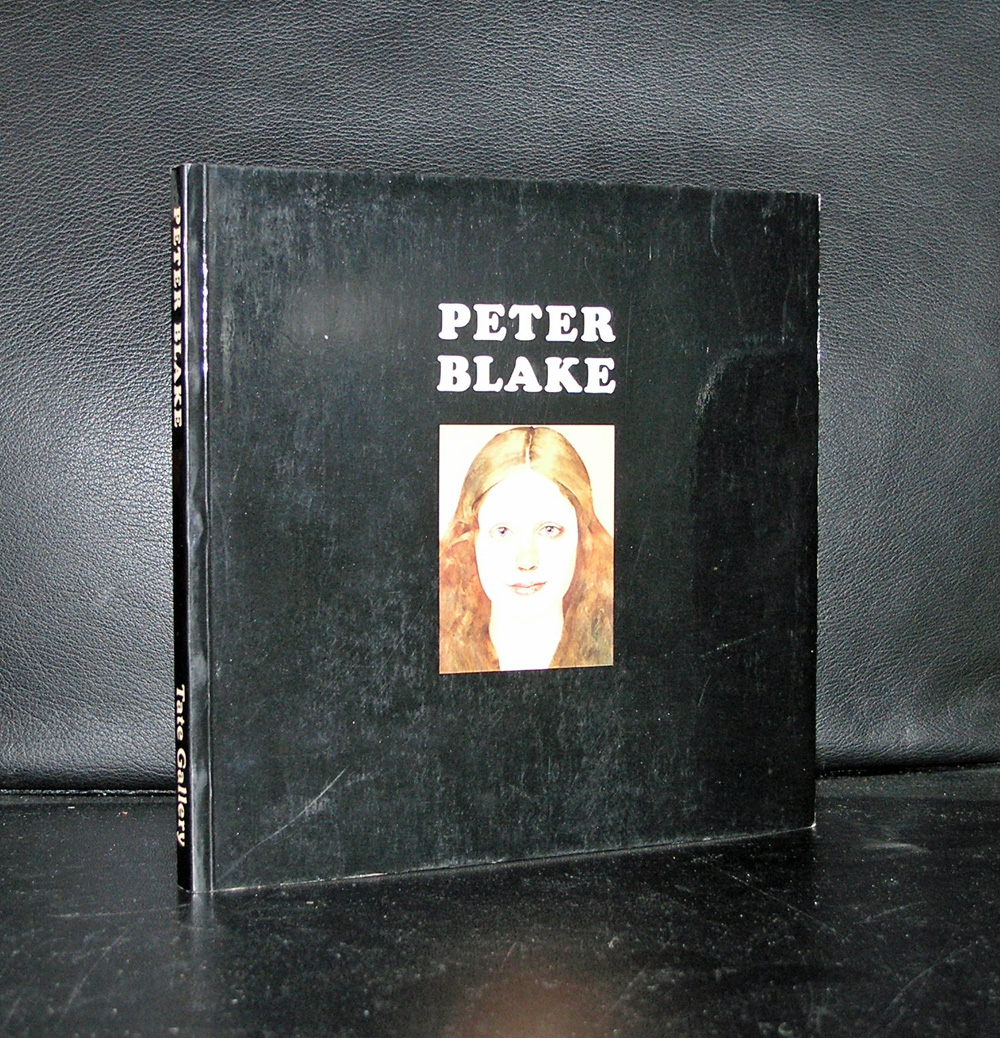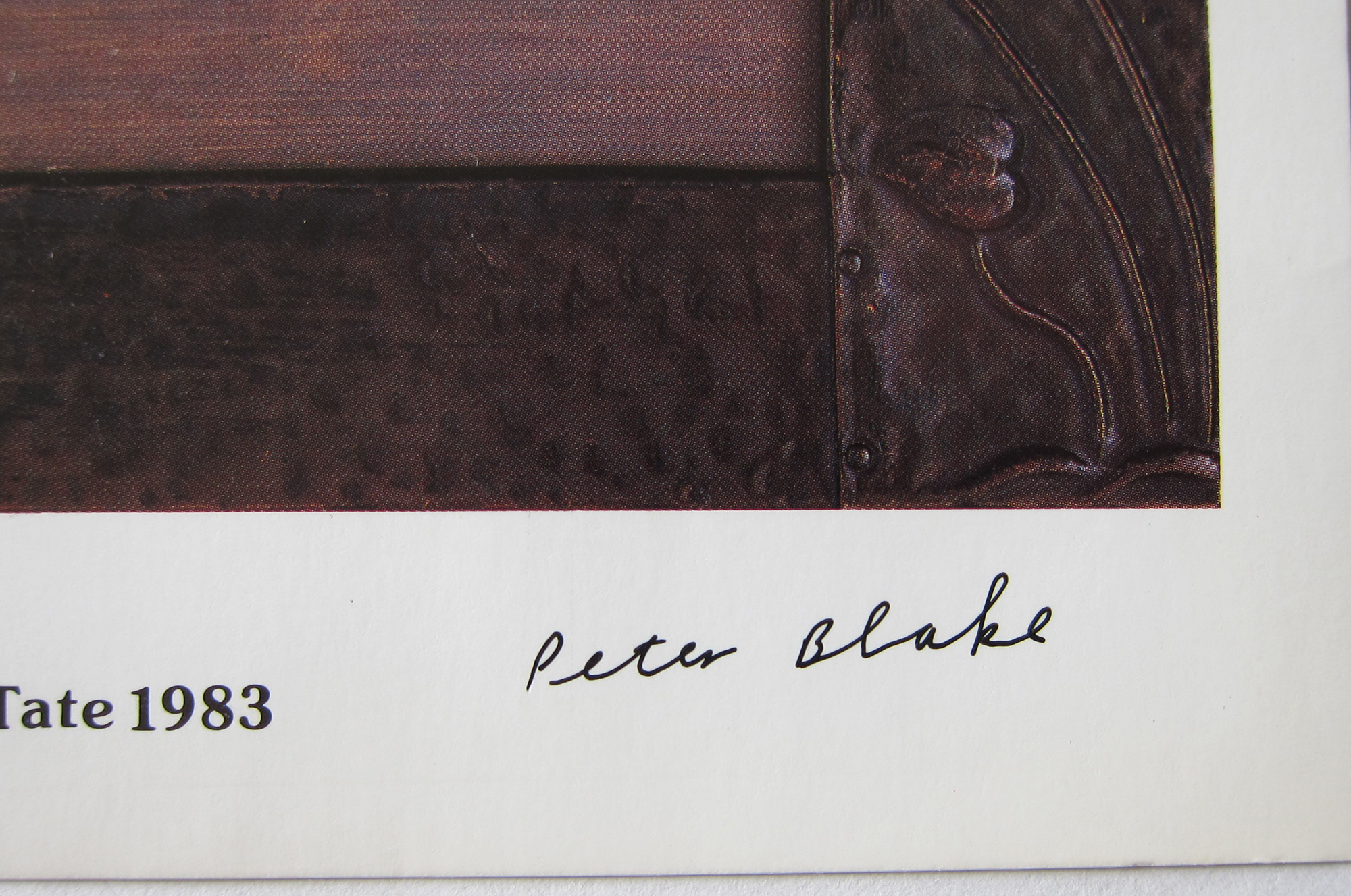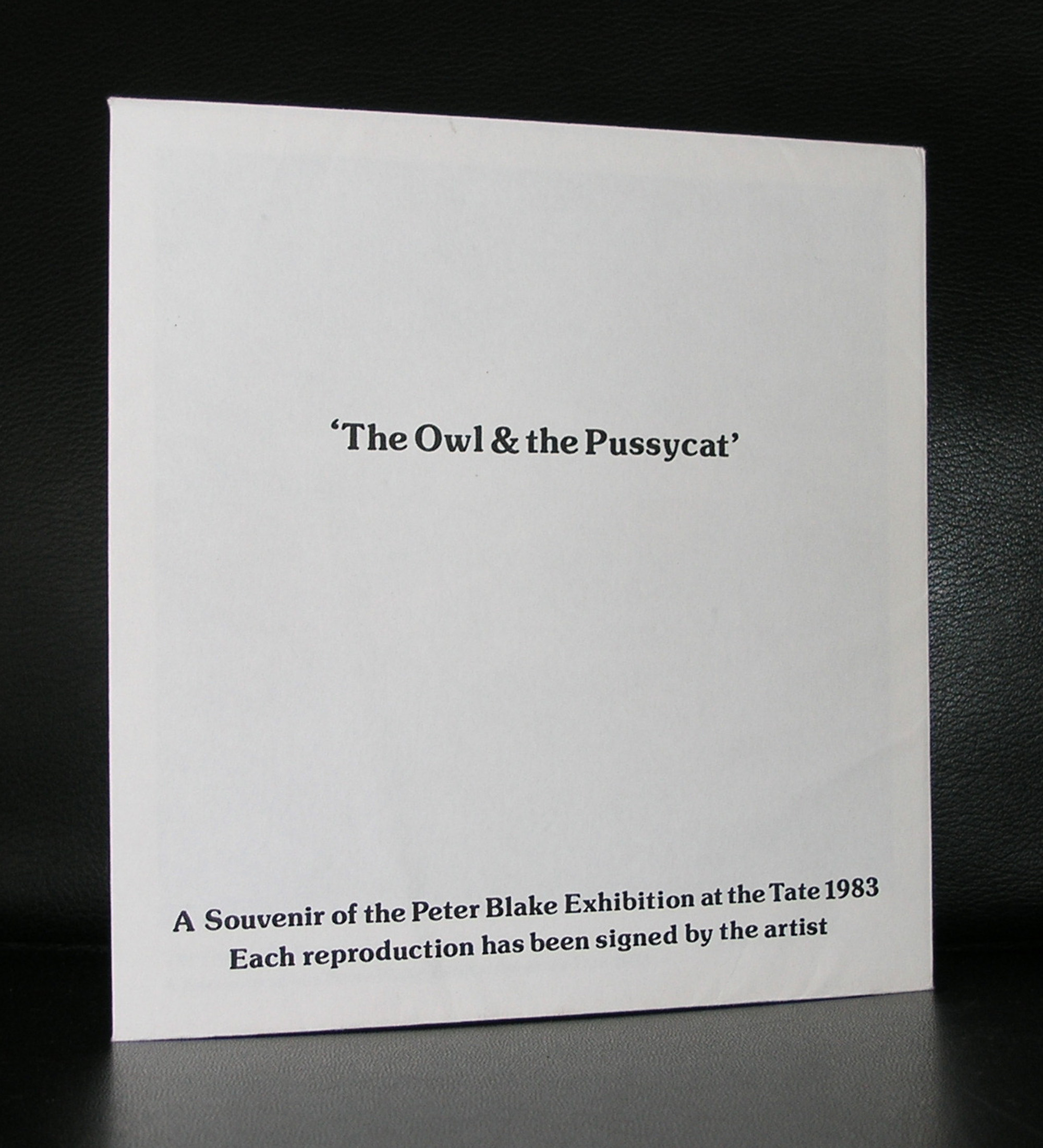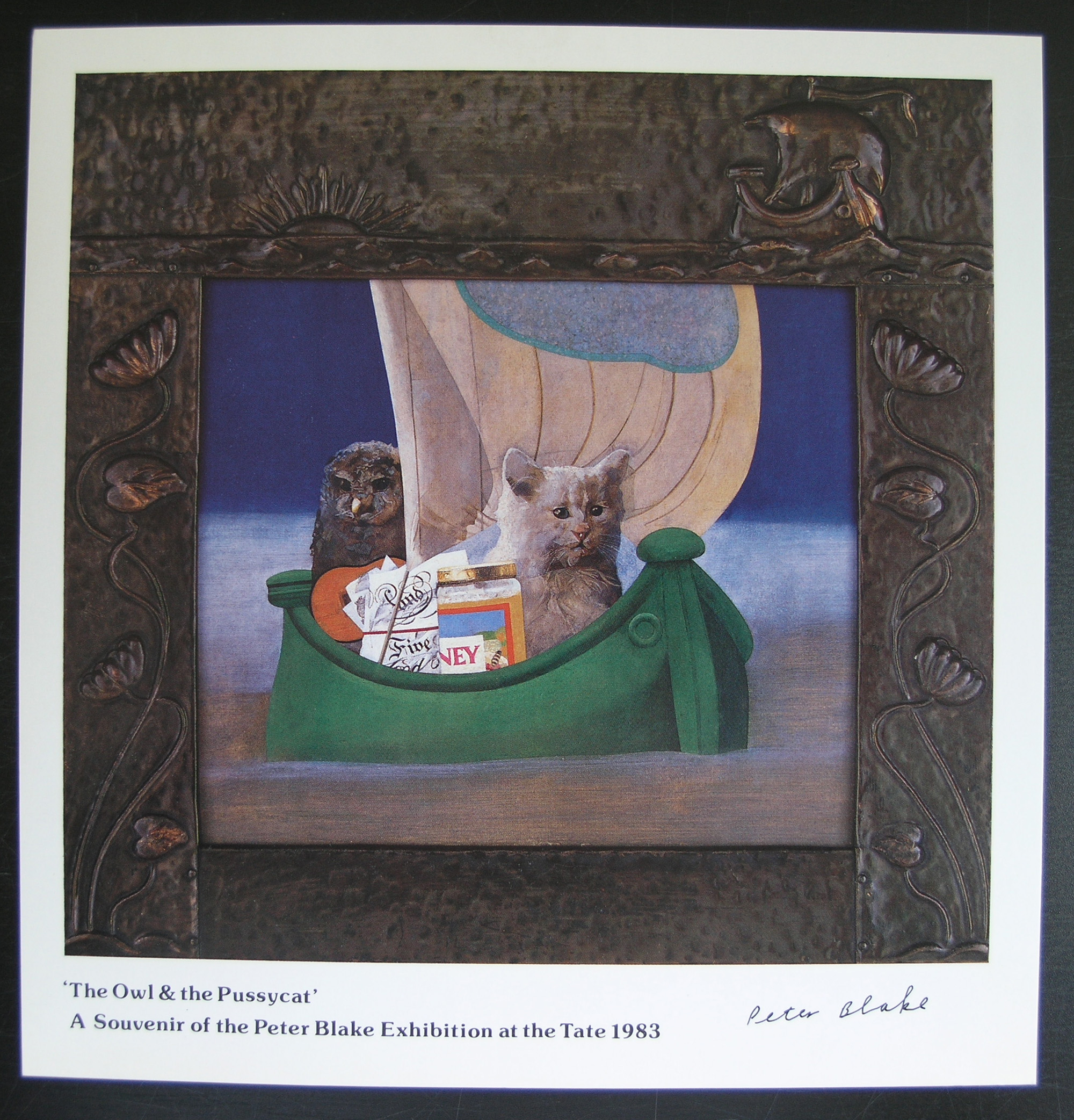
I had never seen a sculpture by Geoffrey Dashwood before until i saw in an art magazine one of the super birds by Dashwood. At least 4 times as big as a human being and oh so impressive. I must say the sculptures remind me of the ones made in the Netherlands around the 20’s in last century. Specially the bird sculptures by Mendes da Costa have the same way of simplifying as Dashwood does.
But i can understand the attraction of these beautiful sculptures. They are likable and at the same time they have a true artistic quality. By no means these are cheap, affordable sculptures. Since the book that www.ftn-books.com has for sale includes the price list from the Sladmore gallery in 2005. Price range between 5000 and 50.000 ( monumental owl) British Pounds. But certrainly do not hesitate to visit a n exhibition when it is held nearby.

Here is the biography from the Dashwood official site
Geoffrey Dashwood was born in Hampshire, England in 1947. At the age of fifteen he won a scholarship to study fine art at Southampton College of Art, but left after a brief period, preferring to study directly from nature.
He worked in varied occupations to support himself and experimented in various art mediums and techniques in his spare time. His last employment was with the Forestry Commission where he was engaged as a keeper in the New Forest. He also became the unofficial artist in residence for his employers. Dashwood left the Forestry Commission in his mid-twenties to pursue a freelance career in art and he soon received commissions for illustrations and design work, whilst concurrently drawing and painting independently.
In the 1980s Dashwood discovered a gift and a passion for sculpture. His earliest works were small, highly realistic studies in the mainstream of traditional English wildlife art and comparable in style to the famous 19th century French Animalier School of Sculpture. Although these early works brought him commercial success, he became increasingly dissatisfied with the constraints of realism and the lack of personal expression the genre afforded him.
Dashwood started to experiment with larger life-size and monumental works and began to eliminate all superfluous details, creating boldly modeled pieces. He refined his sculptures to attain smooth, tactile, pure forms, further enhanced in bronze by the application of coloured and multi-coloured patinas. In these sculptures he combined his own aesthetic ideals, establishing a distinctive style which is now internationally recognised as being quintessentially Dashwood. His affinity for and empathy with birds and his unique ability to express these emotions to others through his sculpture is undisputed. Dashwood’s work is exhibited and collected worldwide.
